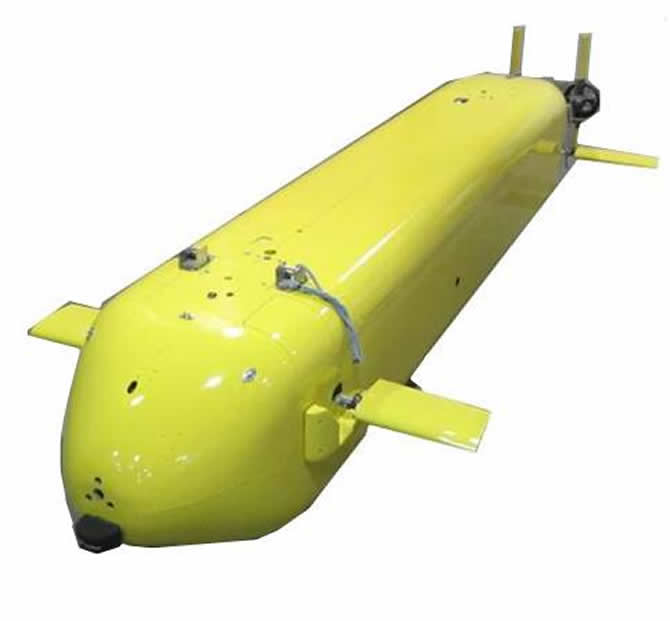Unmanned Underwater Vehicles
Also known as Autonomous Underwater Vehicles (AUVs), public awareness became widespread during the oil well leak in the Gulf of Mexico as many saw the live images of the leaking well at the sea floor and the repairs made employing AUVs. They have become quite common in the fields of oil exploration, oceanographic research, military and intelligence operations.

Developing long duration UUVs, capable of 60 days or more of operation, is a key strategic priority of the US Chief of Naval Operations. Fuel cells will likely play an important role in the successful development of this capability. Infinity’s fuel cells are ideally suited to operating in environments where space and reliability are critical benchmarks.
Operations of all underwater drones are limited to the amount of energy that can be stored by on-board batteries (tens of hours) unless systems are tethered to a mother ship that provides a power link. Providing true autonomy has many advantages and is the operational method of choice for most end users.
Air-independent fuel cells coupled with hydrogen and oxygen reactant sources offer a viable way to extend range and mission duration. Fuel cells are particularly well- suited for these missions with their compact size, quiet operation, and minimal parasitic load from the balance of plant.














